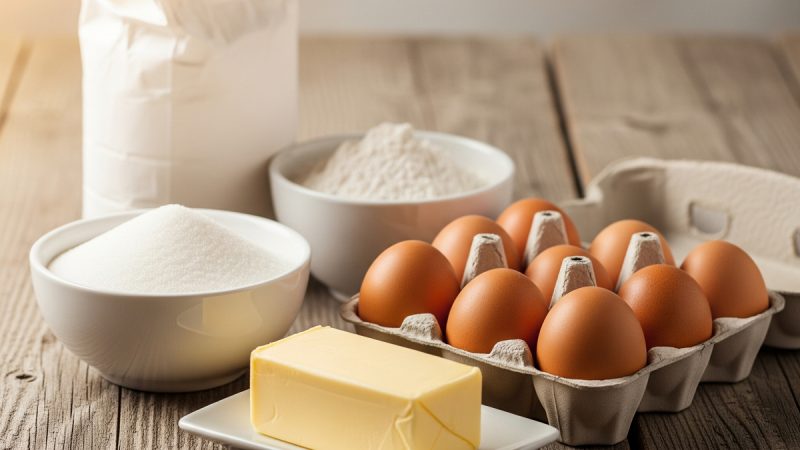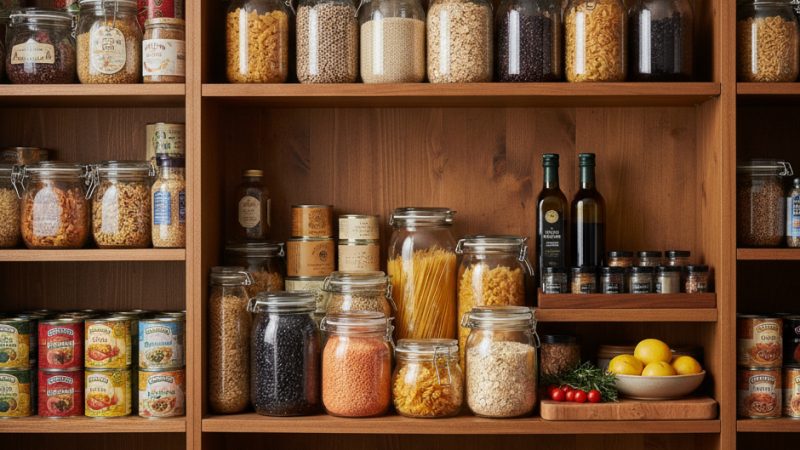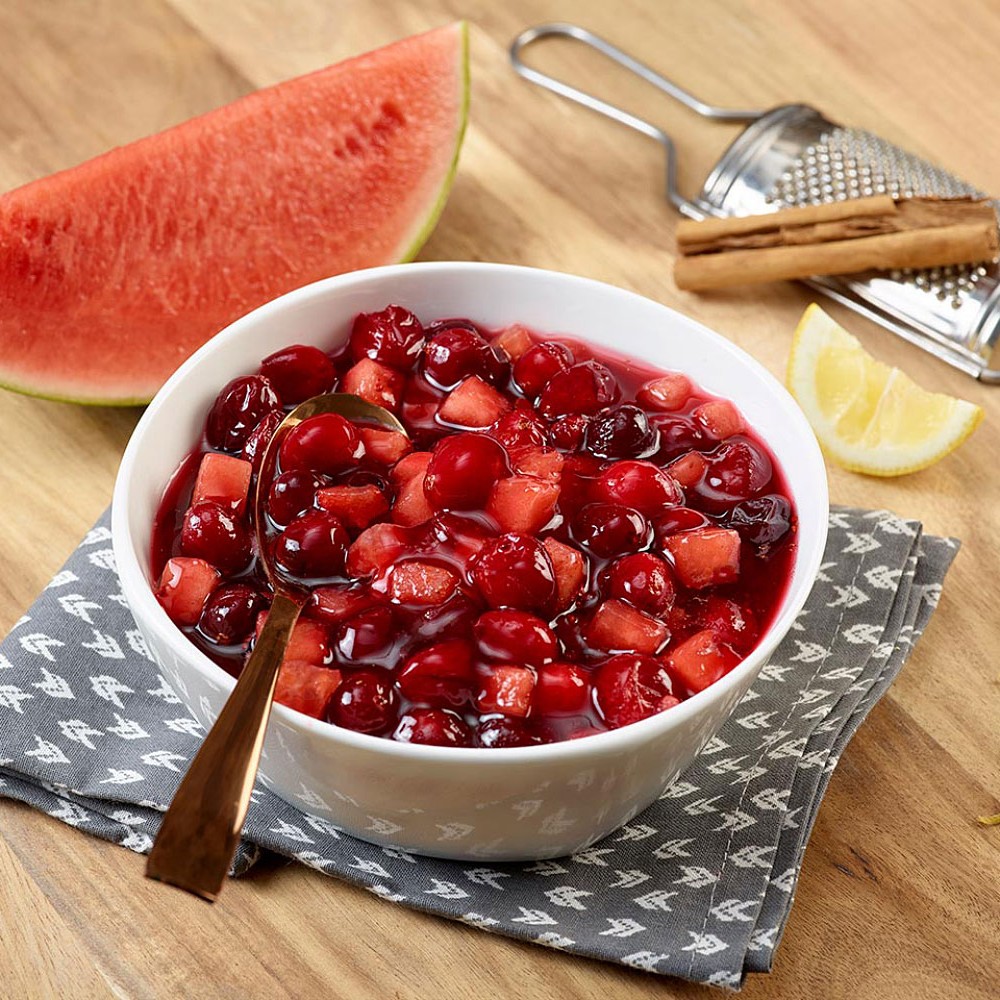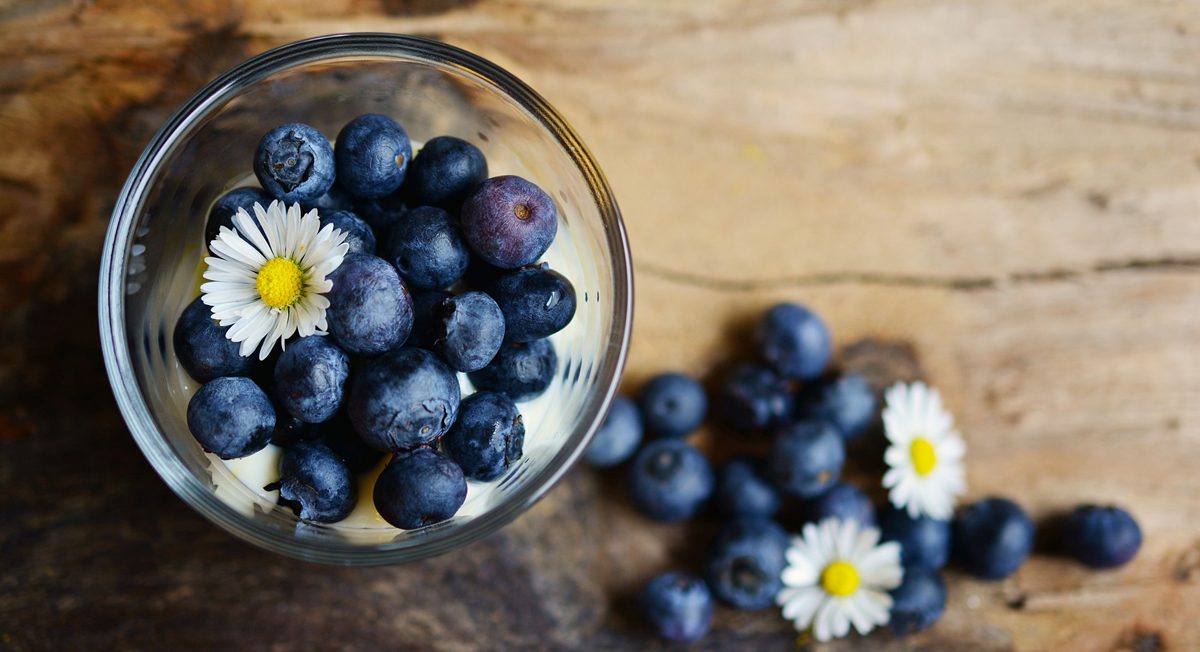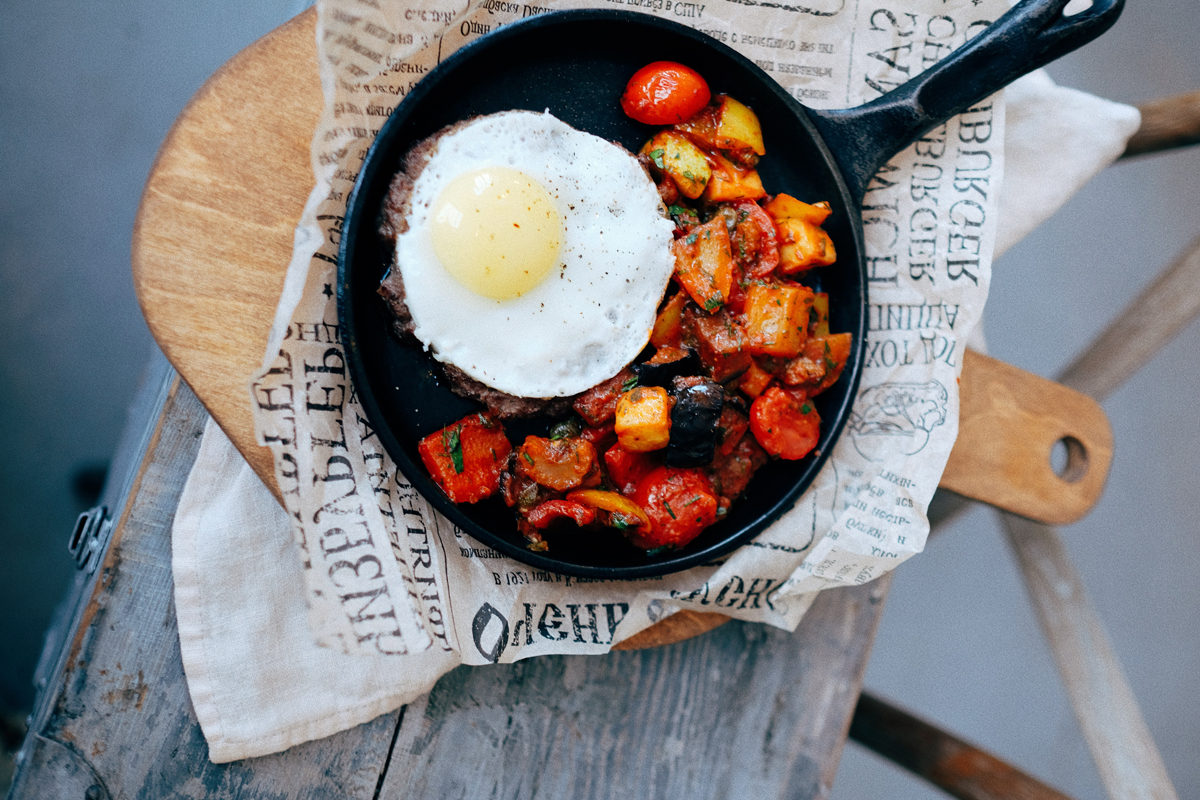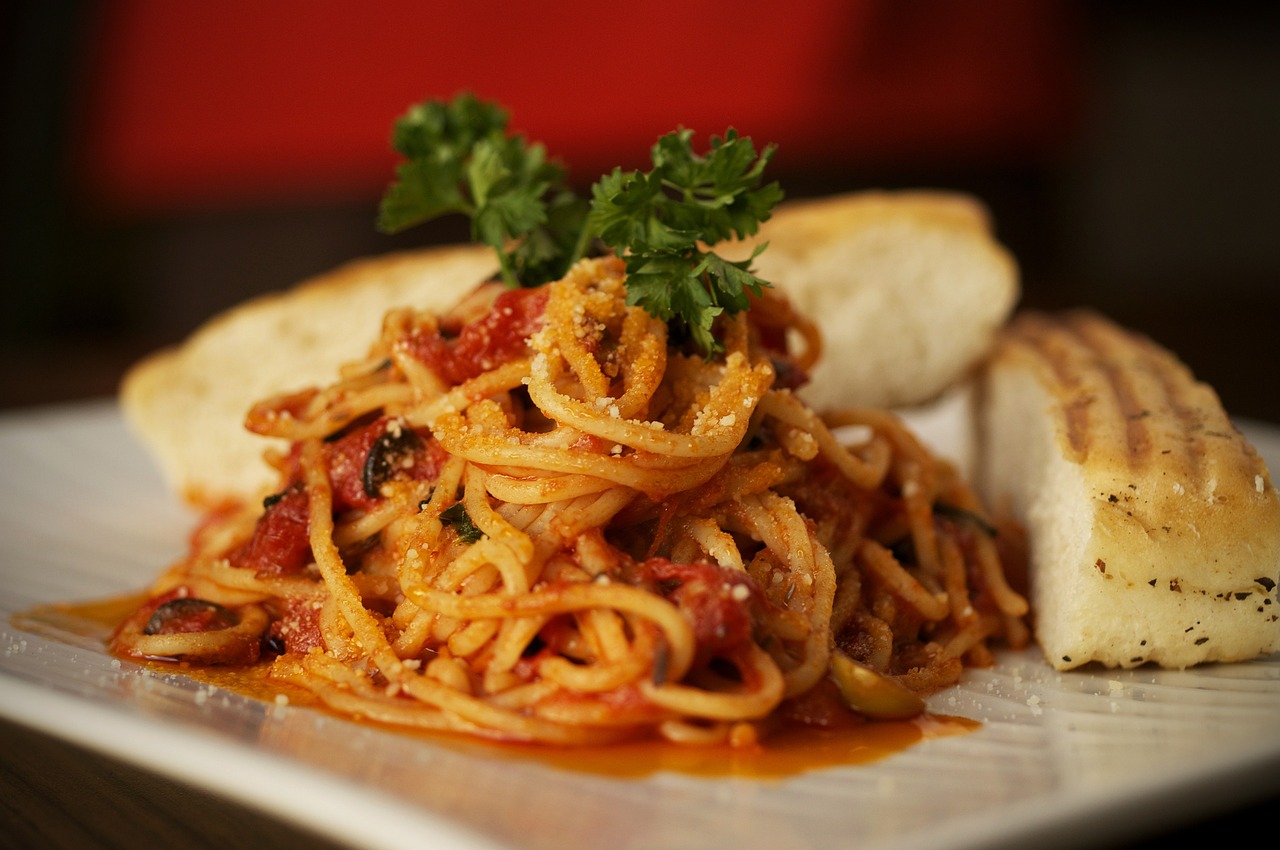Nice and Bright Turmeric
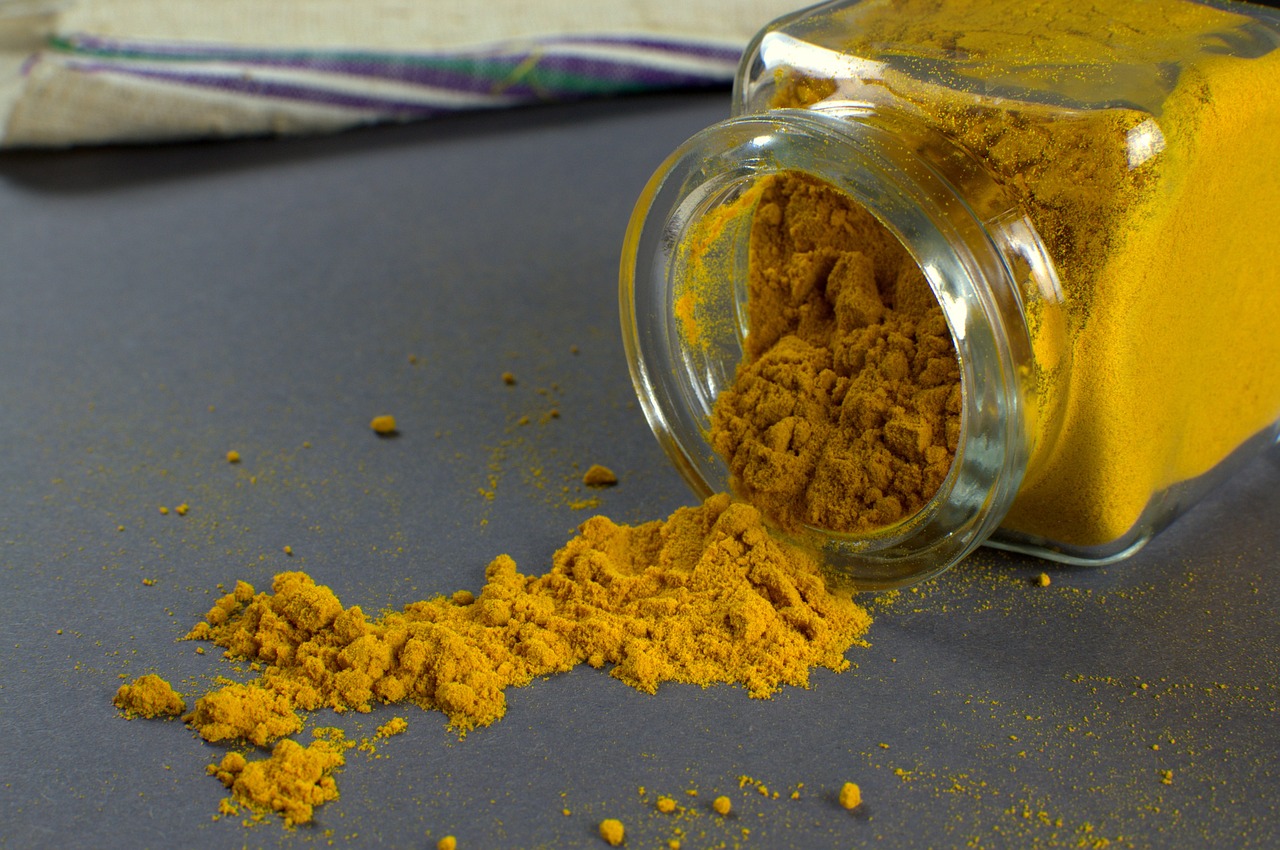
Turmeric is an integral part of an Indian household so it is not a surprise that I am writing about it. It is not just seen as an ingredient but has a few more facets as well.
The Hindus usually associate the turmeric with auspicious and joyful occasions. For example, during weddings, turmeric is applied on the bride’s hands and legs. It is so common to such an extent that some people use the phrase ‘when are your hands going to turn yellow’ to ask a girl when she is getting married. Well, you may wonder why it is so important. It has been in use in India for a few thousand years as I understand. It was always known for a number of different properties it possess, some better known than others. I think it is funny in a sad way how a University in America got a patent for use of turmeric in healing and even got exclusive rights to sell and distribute turmeric. It is something that my grandmother and her grandmother (they did not even finish their school education leave alone be a scientist) have always known and passed on to us. A number of home remedies that I use are based on what they have passed on generations together. Very well, India fought against this and demonstrated that Sanskrit scriptures have already documented the benefits of turmeric and how it is common knowledge and there is no novelty. The patent was vacated in the end. I hope to outline some ways in which I have seen turmeric being used by many in India and also add some more recent findings substantiating the place turmeric has in our household.
1. It is said to have anti-bacterial and anti-viral properties. For this reason it is applied to wounds to enable healing and ensuring there is no further infection. So if someone scraped their hand, some turmeric powder would be applied. I remember it being used to treat even fungal infection of the nails.
2. Again, its anti-bacterial properties make it a good medicine for coughs. It is usually added to warm milk and consumed. The turmeric reduces the throat infection and fights the infection while the milk induces good sleep. In my experience this has been by far more effective than most cough syrups.
3. It has some ‘insecticide’ like properties, for want of better word. For this reason it is usually generously applied on the doorsteps in front and back of the house. This is said to keep some insects away. It is also mixed with water and sprinkled around the edges of a room so ants do not come. Ants are popular pests back home so this came quite handy. You just have to be sure not to stain light colored floor.
4. Regular application of turmeric on the skin helps get rid of body hair. Whether you want to get rid of it or not is different but you do not need laser treatment, just turmeric. Of course, this is not immediate like waxing but over regular usage it happens. Some worry about it leaving yellow stains on clothes and I was told by my grandfather that there is a variety called ‘kastoori manjal’ that will not leave a stain but provide the same benefits.
5. It makes an important part of skin treatment. The days when one gets pimples, the best advice was to apply it on the pimple so the infection comes down and heals without a mark. One word of caution is that turmeric can dry the skin so it is best used with oily substance. You could mix it with coconut oil, leave for a while and wash off. Another popular solution for a glowing skin was mixing this with the skin that forms on warm milk and applying that on the face. Washing off with a natural scrub like besan (chickpea flour) would give best results.
6. The turmeric is mixed with lime juice, sun dried and ground to make a red colored ‘kumkum’. This adorns the forehead of most Indian women and some men and the idols in the temples. One other use of ‘kumkum’ is to mix it with water to make a paste, heat it a bit and apply on neck and nose to relieve congestion. It can be used on infants and adults and I have had it done for me and done this for my kid several times with great results. In fact, every time I used to have a bad headache while growing up, it was applied on my forehead.
7. It is a condiment and is added to almost every dish we make. Its anti-inflammatory and anti-bacterial properties make it great to your digestive systems. Recent studies have shown that even colitis improves with turmeric consumption.
8. It is a natural food color that is very safe obviously. We eat with our eyes first, so it is quite nice to add colors to the meal
9. Of course one other ancient use of turmeric was as a dye.
In recent days, turmeric has been found to help treat a few cancers and even prevent some cancers. I remember reading that a particular extract from turmeric, when injected straight into tumour cells in the brain actually destroyed the cells while keeping good cells still intact. However this required injecting directly into the tumor. It is said to have anti-oxidant properties meaning it neutralises free radicals that can cause cancer and even arthritis. The curcumin, the key ingredient of turmeric is said to be capable of reversing the most common form of cystic fibrosis. When combined with cruciferous vegetables like cauliflower, it is said to be capable of preventing prostate cancer. Study of elderly Indians who frequently intake turmeric is said to have shown levels of neurological diseases like Alzheimer’s low. It is also capable of reducing cholesterol and offering some cardio-vascular protection.
This is all well but does one have to eat more curry to get more turmeric in? As much as I would like to promote Indian food because I love them, I would like to promote ways by which one can have turmeric everyday. My suggestions would include adding about a quarter teaspoon of it to say your pasta sauce while it is cooking, any sauce you may be cooking and does not have to be yellow, soup while it is boiling, add to any marinade you may prepare for the vegetables or meat, add it to scrambled egg or even your omelette mixture and enjoy that brilliant hue, add to warm water or milk and drink. Don’t go overboard with the quantity as it may go bitter. I think there is a noticeable difference in the flavour of cooked and uncooked turmeric in a dish. What I mean is, it makes a difference whether you add turmeric and allow to boil or you add it at the end and do not boil. I prefer to add and boil but would not mind it raw in warm milk or water. Prevention is better than cure and that is why I wanted to share some knowledge that I acquired from my ancestors so it benefits you all.
The Author:
I am Veena, an engineer by education. I am a mother and a wife and run my household. In addition to sharing my thoughts through articles, I also share some recipes on http://tastefullyveggie.blogspot.com/

